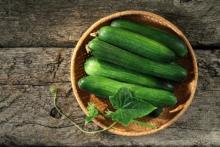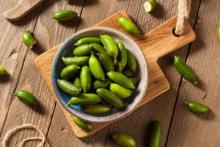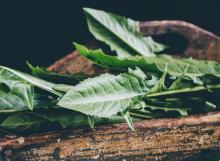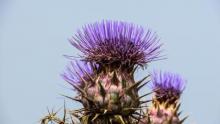Superfood 101: Cantaloupe!
Cantaloupe is a member of the family Cucurbitaceae, commonly known as the Cucumber family of the genus Cucumis L. or melon P. and contains eight species. It is said that cantaloupe originated in either Persia, Afghanistan, or Armenia. It is known that the Egyptians cultivated the plant in 2400 B.C.E.










